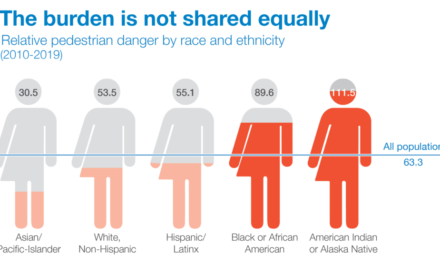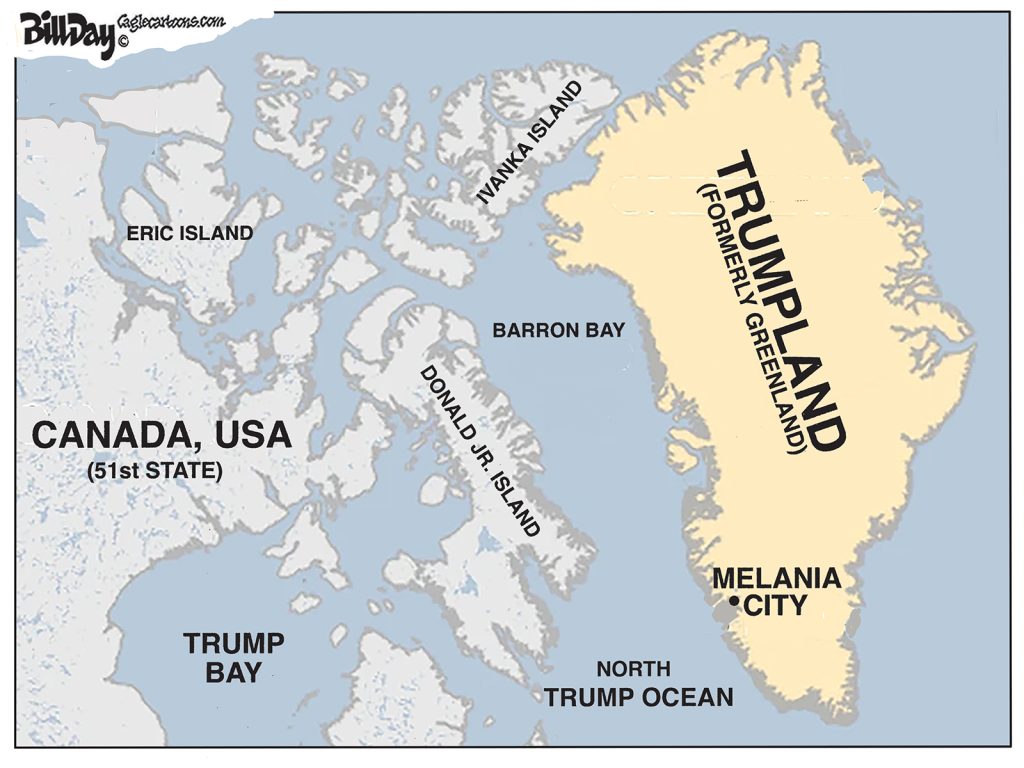From Atlantic Cities:
You might say that a number of cities are heading the other direction on one-way streets. Dallas, Denver, Sacramento, and Tampaare just some of the places that have converted one-ways into two-way streets in recent years. Any number of reasons are cited for the shift:
- Livability: vehicles stop less on one-way streets, which is hard for bikers and pedestrians.
- Navigation: one-way street networks are confusing for drivers, which leads to more vehicle-miles traveled; they also make it tough for bus riders to locate stops for a return trip.
- Safety: speeds tend to be higher on one-way streets, and some studies suggest drivers pay less attention on them because there’s no conflicting traffic flow.
- Economics: local businesses believe that two-way streets increase visibility.
One thing that’s not typically cited is traffic flow. Cities have long been home to one-way streets because transportation engineers believe they move cars better than two-way streets do. That’s largely the case because one-way streets eliminate tough left turns through oncoming traffic. Any way around conflicting lefts, on two-way streets, creates congestion: left-turn lanes take up space, and guarded signals take up time.
Vikash Gayah, a civil engineer at Penn State University, isn’t so sure about that conventional wisdom. In addition to the aforementioned reasons to convert one-way streets, Gayah believes congestion will improve as well. He makes his case in a recent paper published in the Transportation Research Record, and offers a popular summary in the transportation quarterly Access [PDF].*
The typical metric of traffic is vehicle flow — which amounts, more or less, to standing on the corner and counting how many cars go by. Flow is high on one-way streets because there’s little reason for cars to slow down. But flow doesn’t take into account the fact that traveling through one-way street systems often means taking a circuitous route, which adds distance to every trip.
“You can move more vehicles through a roadway, but if they have to travel a longer distance, in the end, you have actually fewer people being able to get to their destination and get off the road,” says Gayah.
Instead, Gayah prefers a metric called “trip-serving capacity,” which considers both the flow and the extra travel distance created by a street system. Using this new metric he compared one-way streets to several types of two-way streets (those with full left-turn lanes, those with left-turn pockets, and those that banned left turns). When it comes to trip capacity, the two-ways held up:

What the chart shows is that, for very short trips, two-way streets perform about as good or better than one-way streets, whose flow can’t compensate for the additional distance. Over longer distances one-way streets start to perform better, but never quite up to the trip capacity of two-way streets with banned left turns (the dotted red line). The beauty of this type of system is that it combines the flow of a one-way street with the directness of a two-way street.
“You’re able to get the higher speeds that you would in a one-way street but you get less circuity than in one-way street,” says Gayah. “It’s kind of the best of both worlds.”
So cities looking to improve trip capacity in downtown areas have some options. Smaller cities, with shorter average trip lengths, should be able to reduce congestion by converting one-way streets into two-way streets (with a couple options for left turns). Larger cities, with longer trip distances, should consider a shift to two-way systems that ban left turns entirely.
And that’s just focusing on traffic. The benefits of switching to two-way streets mentioned at the top of this post only sweeten the deal.
The work has its limitations. Gayah’s models are theoretical, and he hopes his work prompts more study of one-way versus two-way systems, especially in test trials. In cities like New York, with streets that aren’t always wide enough for two-way traffic, the idea doesn’t have much promise. Gayah also recognizes that transforming one-way streets is a costly process that carries political risks.
Even if a city isn’t willing to convert its one-way streets quite yet, Gayah’s trip-capacity work shows the wisdom of banning left turns at existing two-way intersections. (That’s something U.P.S., which doesn’t let its drivers turn left, has known for years — and New York appears to be learning this lesson too.) Since such a change carries a very low implementation cost, that’s a great place for cities to start.
“I think if a city was willing to try that they would see some significant benefits in the long run,” he says.




One-way-ification is planned for Uptown North and before the MPO for inclusin in the TIP.